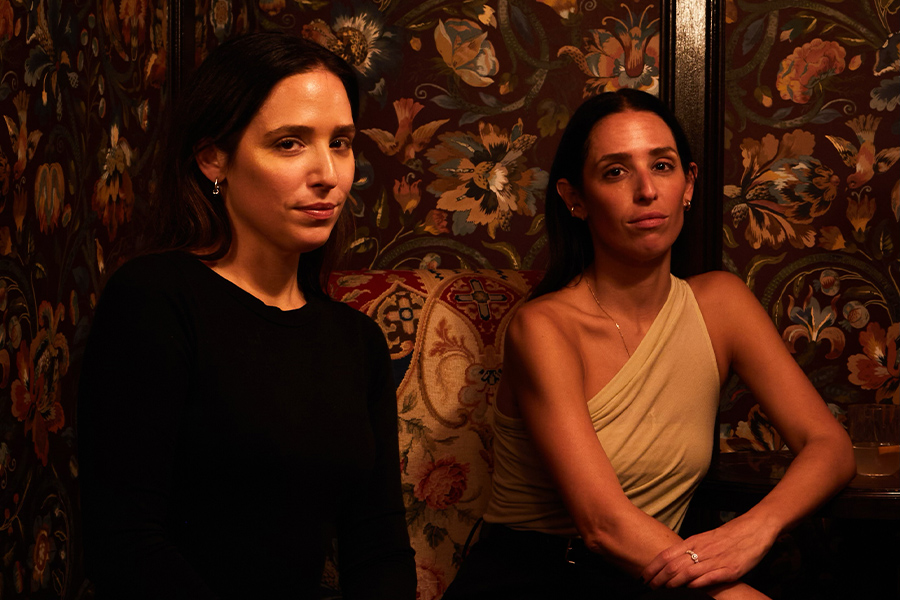Emiliano Salci and Britt Moran came together from across the globe—Salci was born in Arezzo, Italy, while Moran hails from North Carolina—but their two different styles (Moran being more classically inspired while Salci dares to experiment) helped form one of Italy’s most sought-after firms. Dimore Studio’s striking concepts, whether for hotel projects like Casa Fayette in Guadalajara, Mexico, or the Hotel Saint Marc in Paris, as well as for their growing product line of lamps, rugs, and bookcases, are often driven by the past and evolutions in culture.
For Salci, who says he grew up on “bread, design, and furniture,” the world of design had been calling him since an early age when he found himself helping out at his father’s furniture store, Art, as a child. “The need to create furnishings, lamps, rugs, and later fabrics came almost naturally,” he says. “I didn’t think about becoming a designer, per se; I was more looking to create environments.” Moran grew up in a similar world; his father used to run L&M Floor Covering in Asheboro, North Carolina. He initially studied biology and classics at the University of North Carolina at Chapel Hill, with plans to become a doctor, but he found himself in Milan teaching English after a vacation turned into a permanent stay. Soon after meeting Salci through mutual friends, he followed his passion for design, and the two launched their studio in 2003 with Salci overseeing the creative team and Moran handling the business side.

Urban architecture and beaches informed the fabrics of the new Progetto Verande outdoor collection, complementing its desaturated pastels.
Their inaugural product launch in 2005, the comprehensive Progetto Non Finito collection, included the wall-fixed Console 021 with a glossy lacquered wood or marble top and oxidized brass legs, as well as the modular smoky tempered glass shelving system Libreria 001 built to the studio’s contemporary yet retro aesthetic. The duo finds inspiration from the 1930s, ’40s, and ’50s and mixes the eras with different styles and ideas from art, cinema, fashion, food, and even the street. “[We like to use] corroded and glazed metals, wood, glass, mirrors—all that has a tridimensional quality,” adds Moran.
Debuting at this year’s Salone del Mobile, the studio launched their latest: the Progetto Verande outdoor range. Desaturated pastel shades characterize the series, while urban architecture and beaches informed the fabric collection.

The Libreria 001, one of the studio’s first designs, features oxidized brass tubes within its matte black structure.
As for the future, Moran says they have a few projects on the horizon, including a boutique hotel in Paris set in a contemporary space, but with Dimore Studio’s signature vintage aesthetic, planned for a fall 2018 debut. “It all starts from a thought, a mood,” explains Salci. “It’s like having a magnet to which different ideas are drawn, creating the final project. I then develop it and make it mine.”


